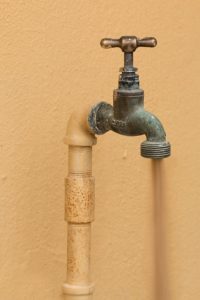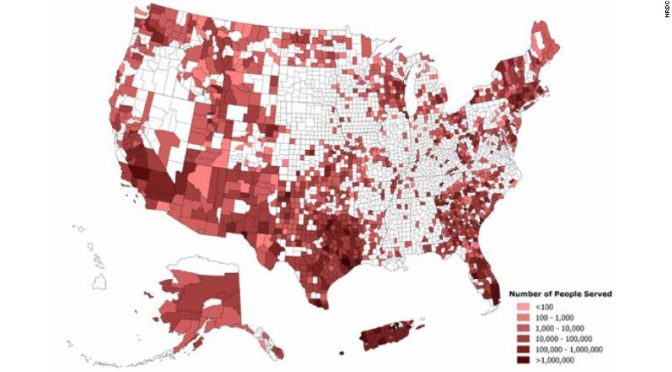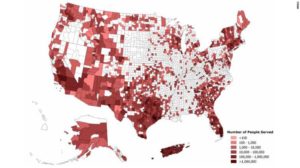 How will the 31% budget cuts to the EPA affect our country’s drinking water?
How will the 31% budget cuts to the EPA affect our country’s drinking water?
An order of review of the “Clean Water Rule” will likely cut protections for smaller streams and wetlands.
According to Scientific American, “Wetlands do an excellent job of filtering out pollutants. As an example, bacteria in wetlands remove nutrients like nitrates from agricultural fertilizer run off, which prevents the contamination from living down stream.” Thus, affecting larger bodies of water, which are reservoirs for much of our water supplies .
Cuts to the National Forest Service can put our watersheds at risk. Forested areas are crucial to infiltration of ground water. Much of our nation’s water supply is from well water, dependent on natural filtering. Runoff caused by development and deforestation would directly affect water quality from increased pollutants entering larger bodies of water.
The Clean Water Act protects major water bodies like large streams, rivers, bays and other coastal waters, along with streams and wetlands that flow into them from being destroyed or polluted—or, at least, not polluted without federal oversight. It covers a large range of pollutants, including sewage, garbage, biological and radioactive materials, and industrial and agricultural waste.
States need the EPA as backup to costs of programs that study, monitor, and write policies that protect our nation’s water supplies. The Federal government, with the clean water act of the 1970s and its amendments, need to remain in tact for the health and welfare of our nation.





 From Washington state to New York, from Michigan to Louisiana – if you think the Flint poisoned water crisis doesn’t affect you and your family, think again.
From Washington state to New York, from Michigan to Louisiana – if you think the Flint poisoned water crisis doesn’t affect you and your family, think again.